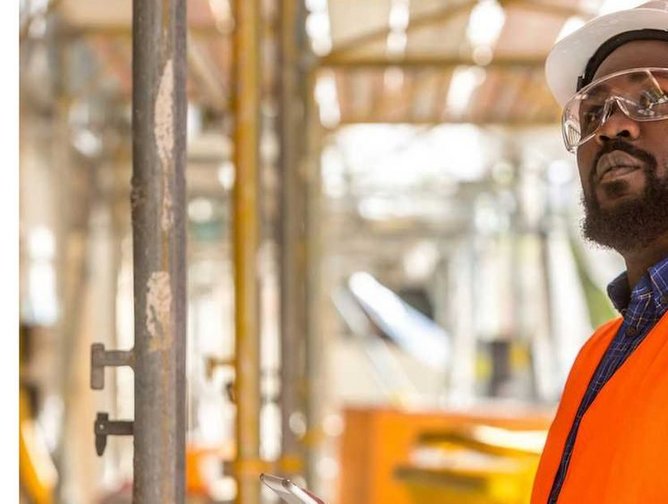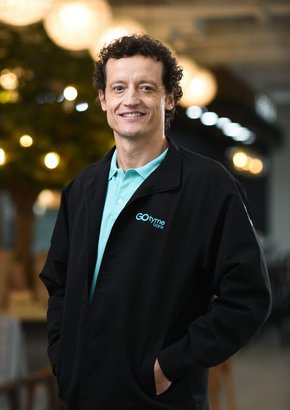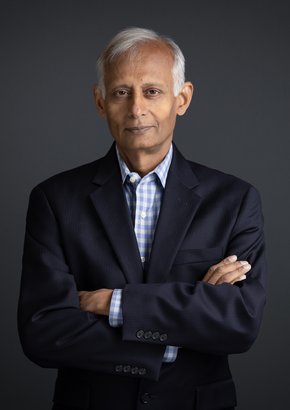
Kieran Notter
VP of Customer Transformation
When Kieran Notter, VP of Customer Transformation, joined ServiceMax in 2016, he relates that the business immediately set itself apart: “I think it's quite an interesting group for a software company, because I'm not a software person; I come from a service background. ServiceMax is actually quite novel in that it wanted people from the service domain to help it create service products.”
Although service is his current specialty, it was supply chain logistics to which Notter became accustomed to early in his career. It was attempting to reconcile these two sometimes mutually contradictory sectors, he explains, that fuelled his overall interest in field service management. “I needed to understand both and then try and find a mutually beneficial solution, and moving to a cost-centric approach made it very enjoyable. Technicians generally become technicians because they want to fix things.”
For Notter, helping customers to achieve superlative service levels is contingent on encouraging ‘asset centricity’, a cultural shift that favours consulting asset-based data with greater diligence. In today’s environment, companies across all industries are rethinking their approach to service. Requirements for equipment performance have intensified, the pandemic has put more focus on outcomes, and customer expectations continue to rise. Organisations must advance beyond the standard break-fix model to ensure uptime for important assets in a safe and compliant manner. Service teams must prioritize efficient asset performance, as well as the customer experience they provide.
“Factually, if you rely on people, studies have shown that humans tend to exaggerate, add their own bias, or forget information. The asset doesn't do that,” he explains. Praising this data for its capacity to encourage collaborative partnerships between ServiceMax and its customers, Notter states that this can make the difference between managing ‘potential failures’ proactively than solving ‘functional failures’ reactively. “If you look at a car production line obviously the cars represent revenue, but if the production line fails a company can't produce cars. Therefore, if our client needed to increase the volume of cars to make more money, then the production needs to become more efficient. The only way to achieve that is to understand the asset and how it interacts with everything. A 360-degree view into the install base means customers gain granular insights around service contracts and asset performance to maximize equipment uptime and reduce maintenance costs. This advanced insight empowers customers to shift from selling products to adopting outcome-based strategies that propel businesses forward and help drive operational results.”
A firm believer in the power of digital technology to solve the industry’s long-standing challenges, Notter considers the enhanced requirement for remote working to be ultimately highly beneficial. “A lot of companies might have originally had only 5% of their work orders remotely fixed, but then, suddenly, they needed to do up to 95%. Those that started the digital transformation months or years before were much better placed to actually meet this remote need,” he says. ServiceMax was one such example; devoid of any legacy infrastructure that required replacing at short notice, the company readily embraced Zoom for its customer facing interactions and utilised tools from Salesforce and Zinc to effortlessly transition into a remote working paradigm. Notter relates that this was also necessary to ensure ServiceMax practices what it preaches, “We can't go into an environment trying to sell digital transformation to a business if we haven't been on the journey ourselves.”
Although remote working methods could never replace the in-person ‘ride alongs’ that ServiceMax use to understand customers’ business objectives pre-COVID, Notter still praises the definite benefits that new workplace trends are bringing. Not least of these is the ability for older employees to gain a better work-life balance and reduced physical strain. This development, he believes, will ultimately lead to greater knowledge retention within service companies generally and subsequently improve the training cycle for new employees.
Read the full story HERE

Featured Interviews
“It's very different recruiting people for something you're building from scratch, compared to recruiting for something that is already running.”





